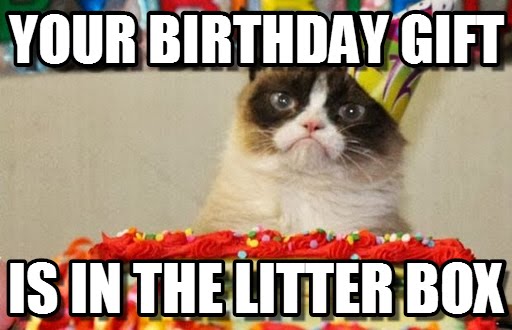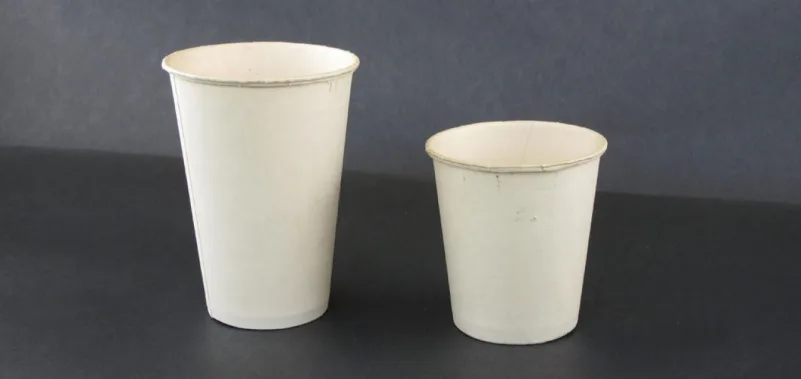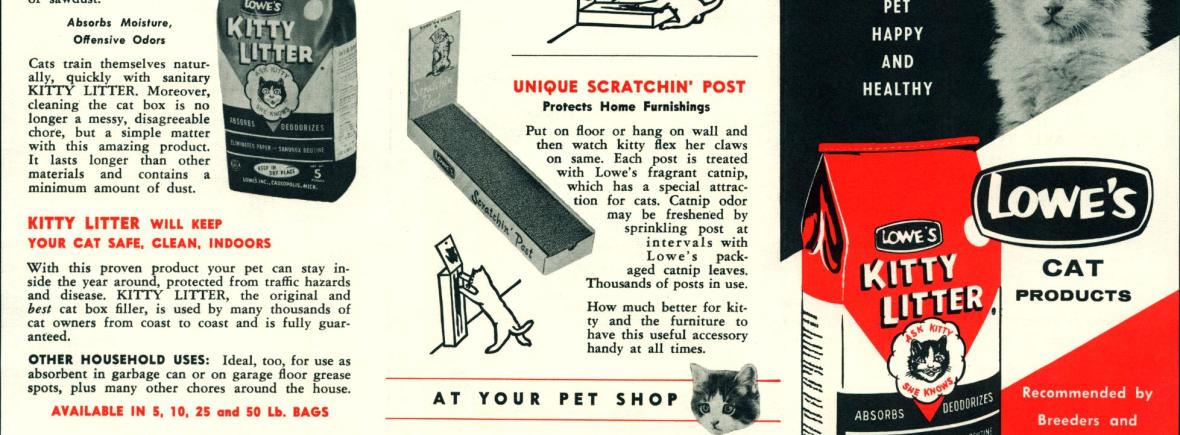I have yet to find a cat owner with whom I cannot have an extended conversation about cat litter. This often grainy, heavy clay substance is both a convenience and an annoyance in every cat owner’s existence. Unlike dogs, cats don’t need to be walked multiple times a day to “do their business.” On rainy days, cold days, and blizzards, we watch our hapless dog-owning neighbors venture out into the elements so that their furry friends can relieve themselves. See, we tell ourselves smugly, that’s why I have a cat. And then reality hits as soon as we look at the corner, where our feline’s litter box sits year-round. During apartment and house hunting, we consider where the litter box will go. Bathroom? Basement? In plain view? When guests come over, we worry, can they smell the litter box? And thus, our convenience is also our shame. In hushed tones, in corners of coffee shops, cat owners compare notes about type, heaviness, price, availability, environmental impact. And in spite of all of our research, our cats—the real consumers—express their opinions about the cat litter we’ve provided, a clear (non-opposable) thumbs-up or thumbs-down to our purchase.

Grumpy Cat, known by her owners as Tardar Sauce, is featured in many cat-themed memes. This meme reads, “Your Birthday Gift is in the Litter Box.”
And so it is at this juncture of multi-sensory disposability, at this core of emotional, physical, and psychical discomfort and curiosity, that this journey through pet ideals, household responsibilities, industry, and environment begins. Won’t you join me?
I wish to thank the Hagley Museum and Library in Wilmington, Delaware for granting me access to the Edward Lowe Foundation Records. Lowe is the inventor of modern cat litter as we know it, and viewing his company’s original documents, letters, and advertisements from the late 1940s through the 1960s provides valuable insight into cat litter’s origin and integration into American pet culture. For this reason, the majority of this essay is focused on the 1940s through the 1960s, although I occasionally venture out before and after to provide context for the invention and incorporation of cat litter into everyday pet ownership. I also wish to thank Kasey Grier (thepethistorian.com) for her wisdom, knowledge, and guidance as I took on this topic.
The icons at the bottom of each page are a combination of images by Iconka (cat image) and arrow by Cole Bemis.
A few of the following sections flow chronologically (I would recommend reading “Life Before Cat Litter” before “Ed Lowe and the Invention of Kitty LitterTM”), but the other sections are arranged topically.
Choose your own adventure! Jump to an essay from the list below or click the embarrassed kitty arrow button to read “in order.”
Take box—I mean, bathroom—breaks as necessary.
- Where Does Cat Litter Come From?
- Life Before Cat Litter
- Changing Cat-itudes Since 1900
- Edward Lowe and the Invention of Clay Kitty LitterTM
- The Art of Cat Litter Advertising
- Consuming Litter: Purchase and Convenience
- Cat, Human, and Environmental Health
- Thinking Outside the Box: Alternative Uses for Cat Litter

